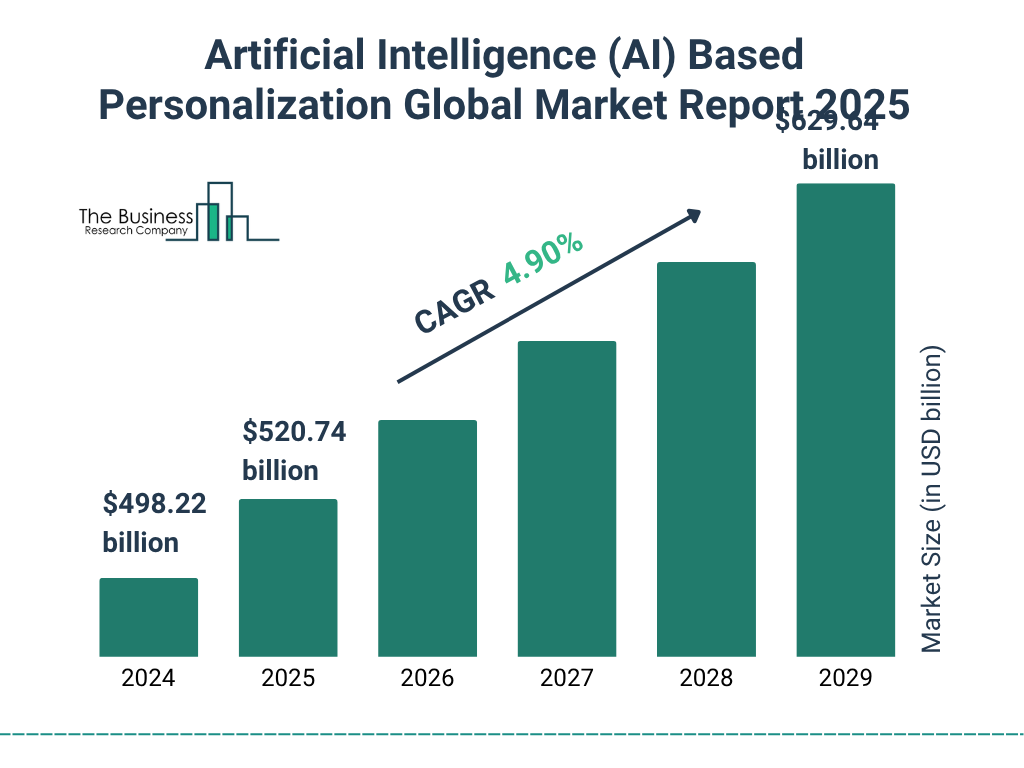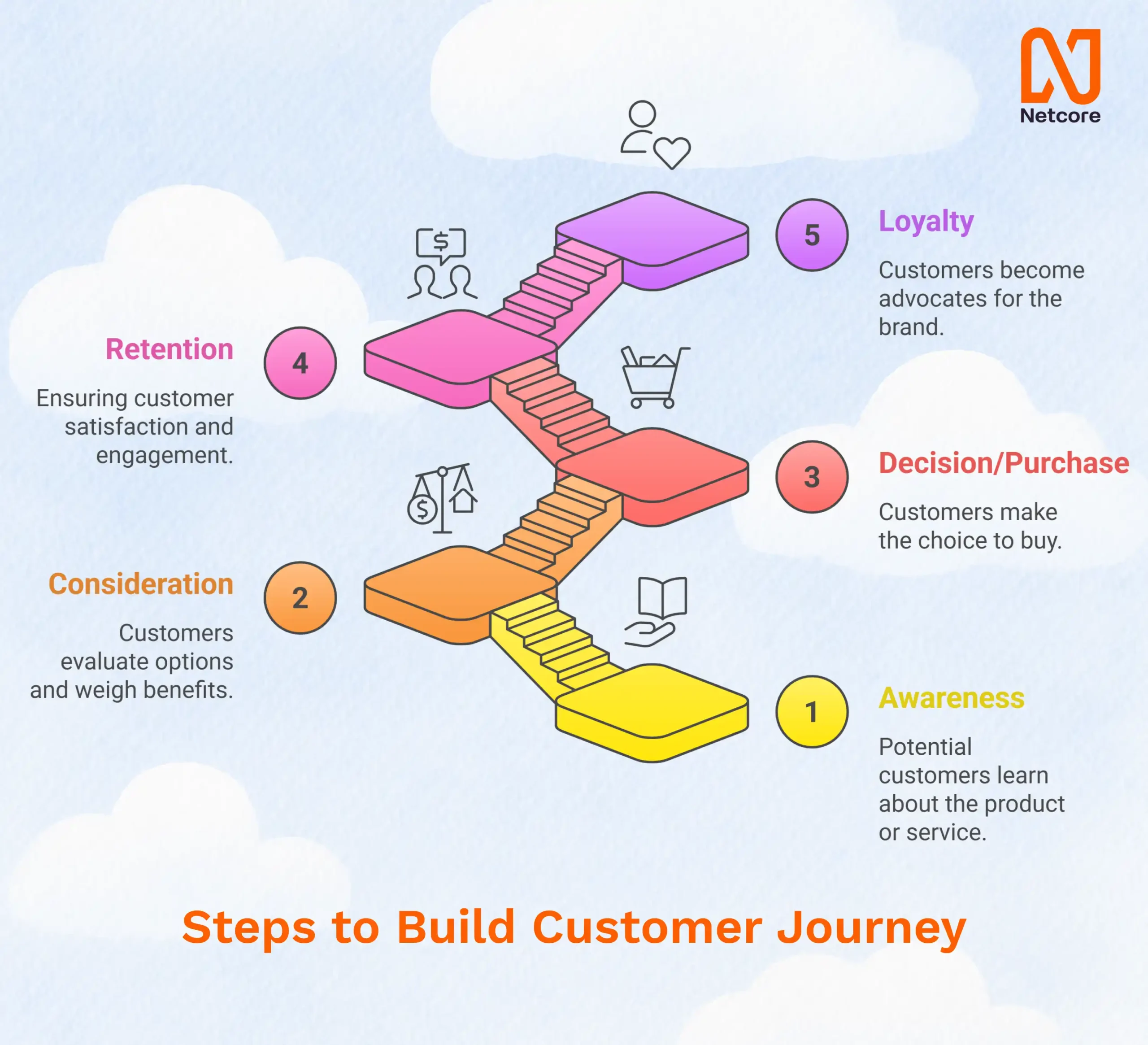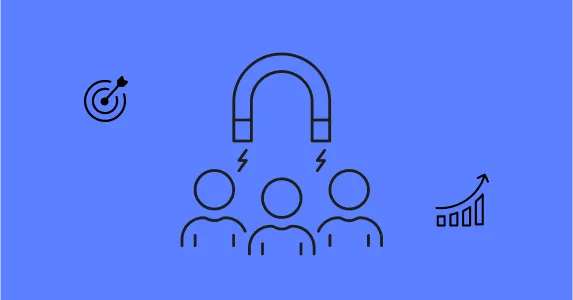Let’s be honest, it’s not just about having a CRM packed with shiny features. It’s about what those features actually do — how top brands use them to keep customers engaged, loyal, and spending. In 2026, the real game-changer isn’t automation, it’s agentic marketing.
Let’s be honest, retention isn’t just another marketing metric anymore; it’s the whole game.
Acquiring new customers is getting expensive, really expensive, and the only way to grow sustainably in 2026 is by turning your existing buyers into loyal fans who stick around, engage often, and keep coming back.
But here’s the catch most marketers miss:
Retention doesn’t happen by sending a single “We miss you” email or a generic discount code.
It happens when your platform truly understands your customers, predicts what they’ll need next, and communicates at the right time in the right way.
That’s where AI-powered retention platforms come in.
Not the old-school automation tools, but intelligent systems that act, learn, and adapt on their own.
If you’re evaluating new tools this year, here are the 7 must-have features your next retention platform should include. The strategy for customer retention in 2026 is uncompromising: it demands precision and immediacy. Modern platforms must adhere to the principle of “real-time, every time” delivery of desired experiences, as highlighted by industry leaders like PwC.
1. AI-Powered Personalization

McKinsey and Accenture found that digital shoppers exposed to 1-to-1 product recommendations are 40-60% more likely to add products to cart and complete a transaction, versus those who get only generic messages.
Imagine having an assistant who knows exactly when your customer is about to churn and what will keep them engaged. That’s what AI-powered personalization does.
It uses machine learning to analyze customer behavior, predict future actions, and personalize every interaction in real time.
You can send a timely reminder when someone is about to run out of their favorite product or suggest an offer that perfectly matches their buying habits.
This is how smart brands drive retention automatically and at scale, even with a million users.
A first-time buyer receives a message:
“Your style’s evolving — here’s what complements your last purchase.”
The system created the segment, predicted the next likely purchase window, generated copy, and launched the message — autonomously.
2. Customer Journey Orchestration

We’ve all faced the chaos of juggling multiple tools just to send one campaign.
One tool for email, another for push notifications, and yet another for WhatsApp.
A modern retention platform changes this by letting you build and automate complete customer journeys in one place.
You can create workflows triggered by customer behavior, such as sending a follow-up email when someone abandons their cart, or a WhatsApp reminder when their subscription is about to expire.
It’s coordinated, real-time engagement without the chaos.
Traditional drip campaigns are static. They wait.
Agentic orchestration acts.
It builds multi-channel journeys that respond to behavior — not just follow pre-set rules.
A subscription coffee brand knows your bag is about to run out.
Instead of blasting a generic “Time to restock?” email, AI predicts your consumption rate, triggers a WhatsApp reminder, and offers a subscription upsell — all before your morning routine is interrupted.
3. Omnichannel Engagement
Omnichannel Engagement Before vs After Agentic Marketing
Identify Customer Cohorts
- Rule-based cohorts using lifecycle, behavior, and purchase history.
- Periodic updates via filters in CRM/CDP.
- Segment Agent discovers micro-cohorts in real time.
- Affinity, intent, and propensity continuously refresh membership.
Align Messaging to Cohorts
- Segment-specific creatives and offers managed by marketers.
- Templates personalized with tokens and content rules.
- Insights + Content Agents craft context-aware messages per user.
- Tone, offer, and timing adapt to live intent signals.
Use Channels Preferred by Customers
- Channel selection guided by historical performance and reach.
- Journeys planned channel-first (Email, SMS, WhatsApp, Push).
- Scheduler Agent selects the best channel per user & goal.
- Timing, frequency, and format auto-tune in real time.
Map the Omnichannel Journey
- Manually built flows (e.g., browse → email → push → WhatsApp).
- Static rules, fixed delays, and exit criteria.
- Journey Orchestrator Agent generate journeys aligned to conversion/retention goals.
- Paths reshape instantly as customers act.
Personalize & Recommend
- Tokens (name, last product) + basic recommendation widgets.
- Personalization updates after new behavior occurs.
- Shopping Agent provides live recommendations & adaptive offers.
- Signals across catalog, context, and intent inform every touchpoint.
Measure & Optimize
- Post-campaign dashboards: CTR, CVR, AOV, LTV.
- Manual learnings applied to the next run.
- Insights Agent monitors engagement and optimizes campaigns mid‑flight.
- Marketers receive strategy insights instead of raw charts plus actionable recommendations.
Full Visual Flow Summary
- Data Gathering → Segmentation → Messaging → Channel Planning → Journey Mapping → Reporting
- Unified Data (Insights) → Dynamic Segmentation (Segment + Content Agent) → Intent‑Aligned Messaging (Scheduler Agent) → Channel Optimization (Orchestrator Agent) → Adaptive Journeys (Shopping + Insights Agent) → Continuous Optimization (All Agents)
Your customers move across multiple channels every day, so your campaigns should too.
Omnichannel engagement ensures every interaction, whether it’s on email, SMS, WhatsApp, web, or mobile, feels connected and consistent.
For example, if a user clicks a push notification but doesn’t convert, the conversation can continue via email or WhatsApp with the same context.
That continuity builds trust, and trust builds loyalty.
Platforms like Netcore Cloud help achieve this with real-time orchestration across every channel your audience uses.
A traveler books a trip to Dubai. They receive a weather update via email, a packing checklist on WhatsApp, and an in-app notification offering an upgrade — all from one connected system.
No overlaps. No noise. Just orchestration that feels human.
Goal: Maintain consistency across the journey to strengthen brand recall and trust.
4. Advanced Analytics & Reporting
You can’t fix what you can’t see — and that’s why analytics and insights matter more than ever.
A modern retention platform doesn’t just show you open rates and CTRs. It gives you a full picture of your customer engagement: what’s working, what’s lagging, and where opportunities are being missed.
That’s where AI-driven analytics — and especially Netcore’s Insights Agent — come in. This intelligent assistant continuously scans campaign performance, uncovering patterns you might miss. It identifies gaps in your targeting, spots poor send times, and even recommends actions like “retarget this cohort at 7 PM when engagement peaks.”
Instead of spending hours in dashboards, you get real-time, actionable insights delivered right inside your workflow — in under 30 seconds.
The result? You move from reacting to campaign results to proactively improving them while they’re still live. Your analytics becomes your strategy engine.
5. Contextual Walkthroughs & Nudges
Contextual nudges are in-app prompts or walkthroughs that guide customers right when they need help. Think of tutorials, reminders, or suggestions that help users complete key actions, discover new features, or make repeat purchases.
They reduce drop-offs, improve product adoption, and create a smoother user experience.
If you’ve ever been reminded by an app to “try this feature” or “complete your setup,” you’ve seen this in action. Retention starts at onboarding. Agentic systems are able to personalize guidance from the first click.
A new user sets up a savings goal. The system detects hesitation, then launches a short in-app tutorial: “Here’s how to reach your goal faster.”
Every success builds confidence, habit, and attachment.
6. Personalization Across Web & App
Personalization shouldn’t stop at email or messages.
Your website and app are where customers spend most of their time, and every experience there matters.
This feature adapts your site or app content in real time based on user behavior.
It can show personalized banners, product recommendations, or search results tailored to what each visitor is most likely to want.
A returning user who browsed “wireless earbuds” last week sees a homepage tailored with:
- Recommended accessories
- A discount timer
- Personalized “complete the look” suggestions
AI doesn’t just display content — it curates experiences.
7. A/B Testing & Optimization
No marketer gets it right every time, and that’s where A/B testing comes in.
A great retention platform includes built-in tools to test different messages, designs, timings, or channels.
AI can even automate this process, learning which versions perform best and optimizing future campaigns automatically.
This constant feedback loop means your campaigns get smarter with every send, increasing engagement, conversions, and customer lifetime value.
A high-value shopper abandons a cart. AI simultaneously tests three recovery tactics:
- Free premium shipping
- 10% off bundle offer
- “Back in stock” reminder
It learns which works, personalizes at scale, and adapts next time without human input.
Bringing It All Together
A strong retention platform in 2026 isn’t just software; it’s your AI teammate.
It doesn’t wait for instructions; it learns from data, acts intelligently, and helps your brand connect with customers more personally.
And here’s the best part: it doesn’t replace marketers, it empowers them.
You focus on creative storytelling and strategy while AI handles the timing, targeting, and testing.
That’s what agentic marketing is all about: the perfect balance of human creativity and machine precision.
Retention that acts, not waits
If you want retention that converts, you need more than automation. You need intelligence that collaborates with your team and moves in real time. Netcore Cloud makes this easy with the world’s first agentic marketing platform, built for humans and AI agents to work together and deliver campaigns for maximum results.
- Reduce ad waste with AI agents that plan, create, and optimize without manual chasing.
- Trigger the right recommendations at critical buying moments, for example after cart abandonment or during festive season research.
- Reach customers on their preferred channels, including WhatsApp, SMS, and email, with unified context.
Ready to make every engagement timely, contextual, and profitable? Talk to Netcore Cloud











